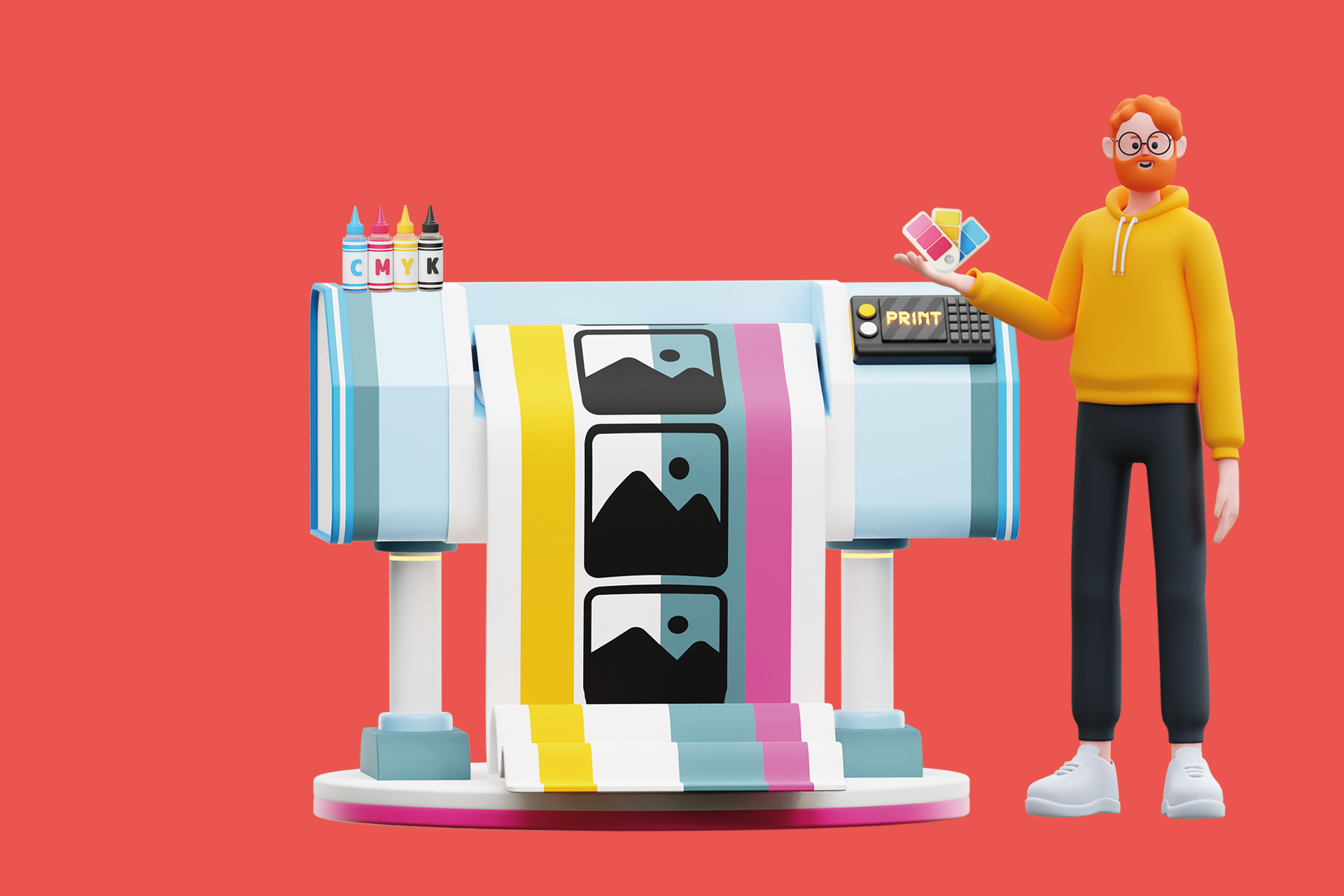
In the world of printing, two primary methods dominate the landscape: digital and lithographic. Each method comes with its own set of processes and advantages tailored to specific job requirements. Let’s delve into the details to understand the disparities between these two printing techniques.
Digital Printing:
The digital printing process is streamlined and efficient, making it a popular choice for shorter print runs. Here’s a breakdown of how it works:
Digital presses operate similarly to laser printers but offer superior quality, speed, and color consistency. They can handle a wide range of print volumes, from small to large runs, with remarkable results. Notably, digital printing eliminates the need for printing plates, resulting in faster turnaround times and cost-effective solutions, especially for short runs. Additionally, digital printing enables variable data printing, allowing elements like text, graphics, and images to be altered seamlessly from one printed piece to the next without disrupting the printing process.
Lithographic Printing:
Lithographic printing, also known as litho printing, is renowned for its exceptional print quality and suitability for long print runs. Here’s how it differs from digital printing:
In lithographic printing, ink is transferred from the plate to a rubber blanket, then onto the paper, leveraging the principle that water and oil do not mix. This method ensures precise color reproduction and superior print quality throughout the print run. While litho printing primarily utilises the four fundamental colors (yellow, black, cyan, and magenta), custom colors may be employed to enhance specific print jobs.
In summary, digital printing excels in efficiency and flexibility, making it ideal for short print runs and variable data printing. On the other hand, lithographic printing boasts unparalleled quality and is best suited for long print runs, delivering exceptional color reproduction and consistency. Both methods offer distinct advantages tailored to different printing needs, whether it’s producing promotional materials, magazines, catalogs, or packaging.